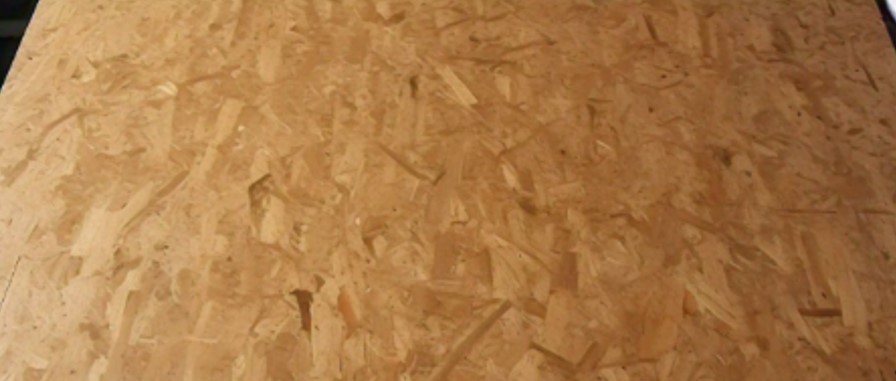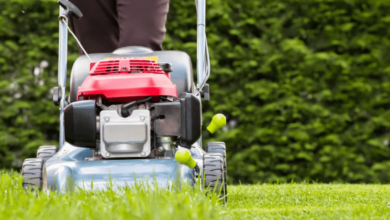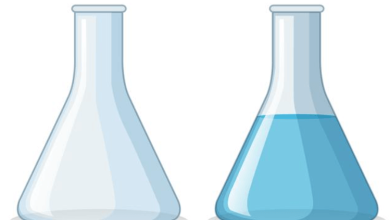How to Choose the Right Boiling Waterproof Plywood for Your Project

Selecting the appropriate plywood for your project can significantly influence its durability, functionality, and overall aesthetic appeal. Among the various types available, boiling waterproof plywood stands out for its exceptional resistance to moisture and versatility in applications. This guide will help you navigate the process of choosing the right boiling water-resistant plywood, considering essential factors such as price, quality, and project requirements.
What is Boiling Waterproof Plywood?
Boiling waterproof plywood (BWP) is engineered to withstand extreme moisture conditions, making it ideal for high-humidity environments. Unlike regular plywood, which can warp or deteriorate when exposed to water, BWP can endure boiling water exposure for extended periods without losing its structural integrity. This plywood is often made with high-quality veneers and adhesives that enhance its durability and resistance to moisture.
Key Features of Boiling Waterproof Plywood:
- Exceptional Durability: BWP is designed to resist warping and swelling, ensuring longevity in both indoor and outdoor applications.
- Versatility: Suitable for various projects, including cabinetry, flooring, and outdoor furniture, BWP can be used in multiple settings without compromising quality.
- Aesthetic Appeal: Available in various finishes, boiling waterproof plywood can be stained or painted to match your design preferences, making it a visually appealing choice.
Read also: Comparing Business Opportunities in Each Emirate of the UAE
Factors to Consider When Choosing Boiling Waterproof Plywood
When selecting boiling waterproof plywood for your project, several factors come into play:
1. Project Requirements
Assess the specific needs of your project. Consider the following:
- Moisture Exposure: Identify areas that will be exposed to high humidity or direct water contact, such as kitchens, bathrooms, or outdoor spaces.
- Load-Bearing Capacity: Determine the weight the plywood will need to support. Thicker plywood can handle more weight and is generally recommended for structural applications.
2. Quality and Grade
Plywood is available in various grades, each indicating its quality and intended use. Higher-grade plywood is typically more durable and visually appealing. For boiling waterproof plywood, look for:
- BWR (Boiling Water Resistant): This grade is designed for applications where moisture exposure is a concern but does not require the extreme durability of marine-grade plywood.
- BWP (Boiling Waterproof): The highest grade, suitable for environments with prolonged water exposure, such as marine applications or outdoor furniture.
3. Boiling Waterproof Plywood Price
Understanding the price range of boiling waterproof plywood is crucial for budgeting your project. Prices can vary based on the grade, thickness, and manufacturer. While BWP may have a higher initial cost compared to regular plywood, its durability can lead to long-term savings by reducing the need for repairs and replacements.
4. Thickness and Size
Plywood comes in various thicknesses, typically ranging from 1/8 inch to 1-1/4 inch or more. For applications requiring strength and durability, consider:
- Thickness: Opt for thicker plywood (at least ½ inch) for high-moisture areas to minimize the risk of warping or swelling.
- Size: Ensure the plywood sheets are adequately sized for your project to reduce waste and ensure a proper fit.
5. Aesthetic Considerations
The visual appeal of your project is essential. Boiling waterproof plywood often features attractive wood veneers that can enhance the overall look of your space. Choose a finish that complements your design style, whether rustic, modern, or traditional.
6. Proper Installation and Maintenance
To maximize the benefits of boiling waterproof plywood, proper installation is crucial. Use appropriate sealants and finishes to enhance moisture resistance. Regular maintenance, such as cleaning and resealing, can help prolong the life of the plywood.
Conclusion
Choosing the right boiling waterproof plywood for your project involves careful consideration of various factors, including project requirements, quality, price, and aesthetic appeal. While the initial investment may be higher than regular plywood, the long-term benefits of durability and moisture resistance make it a worthwhile choice for high-humidity environments. By understanding your specific needs and evaluating the available options, you can select the ideal boiling waterproof plywood that will enhance both the functionality and beauty of your home. Whether you are renovating or embarking on a new project, investing in high-quality plywood will ensure lasting results.



